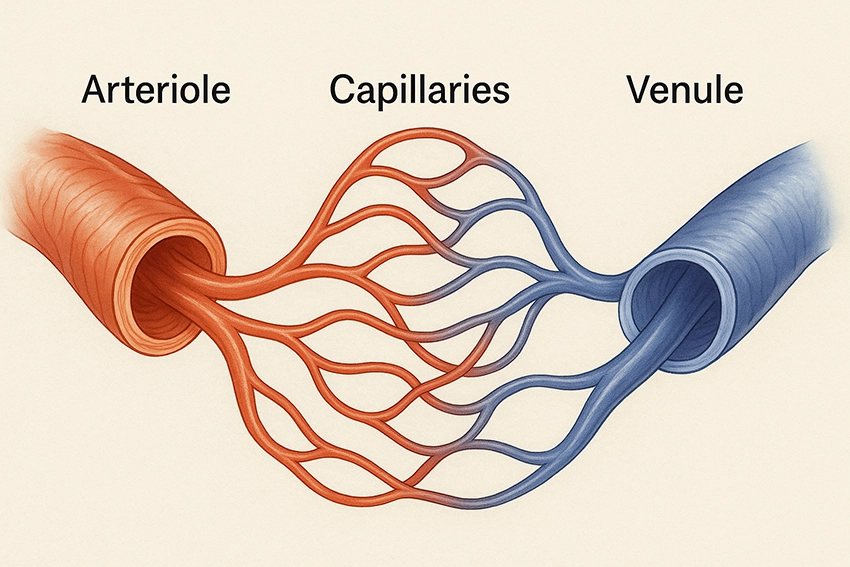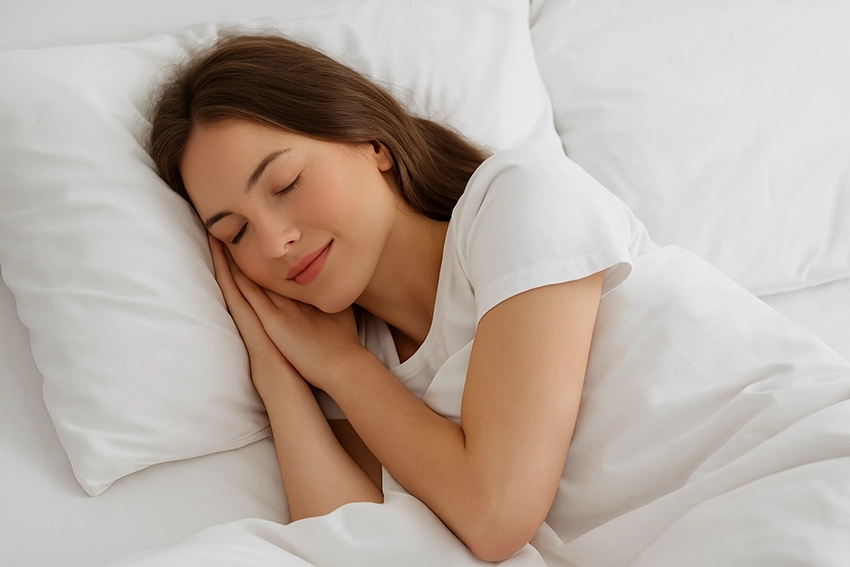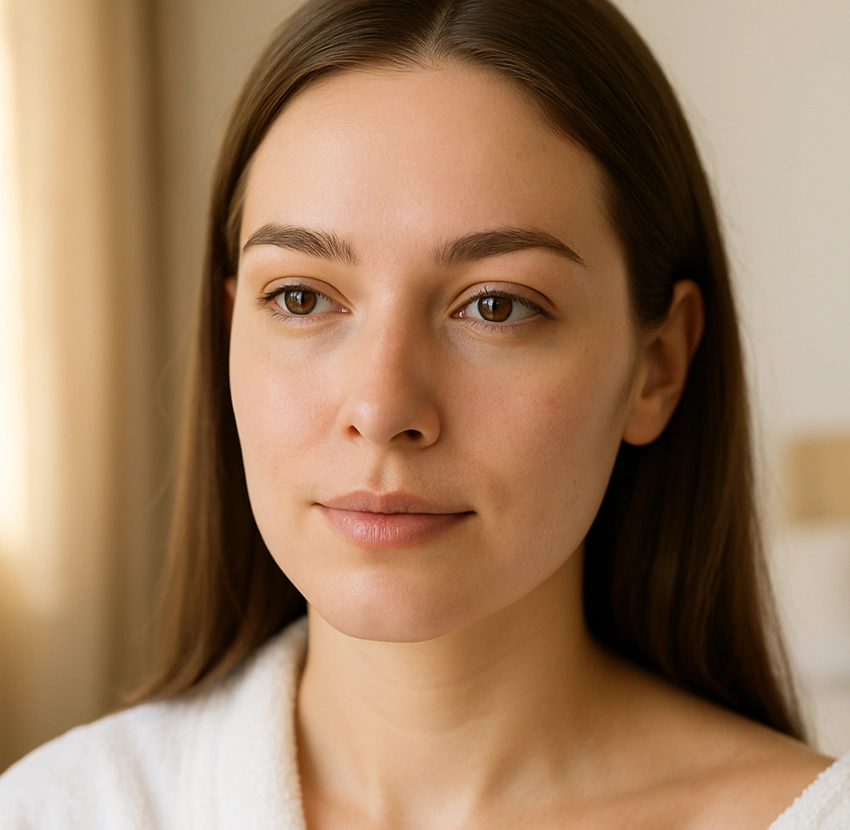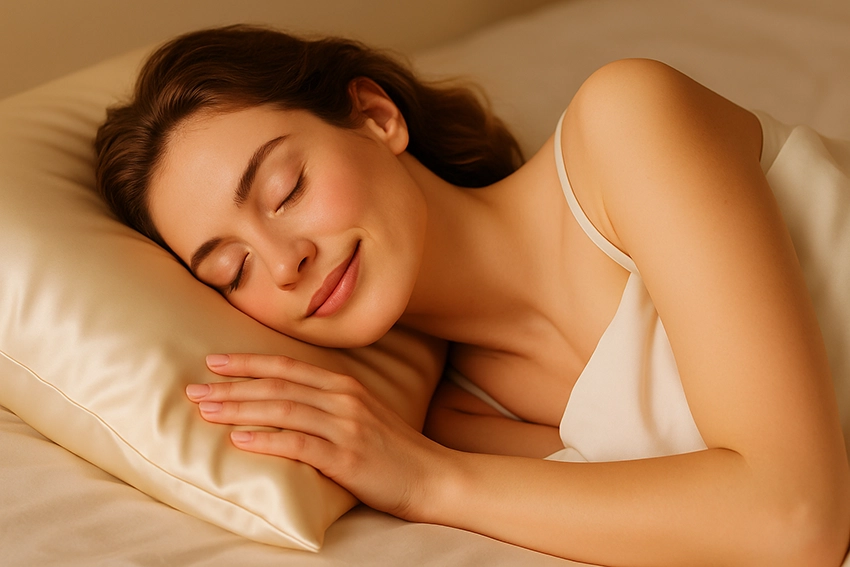Daylight Saving Time 2025 will affect everyone once again, as we will all need to adjust our clocks. The change influences not only our daily routine and travel schedules but also our health and well-being. For beauty salons, it’s particularly important to prepare ahead of time, since clients may easily get confused with appointments, and professionals themselves must be careful not to arrive late.
In this article, we’ll look at when Daylight Saving Time happens in 2025, whether to move the clock forward or backward, its effects on the body, and how to prepare both in daily life and at the salon.
When is Daylight Saving Time in 2025?
- Spring DST 2025: On March 30 (Sunday at dawn), the clocks will be moved forward from 2:00 AM to 3:00 AM, meaning we lose one hour of sleep.
- Autumn DST 2025: On October 26 (Sunday at dawn), the clocks will be set back from 3:00 AM to 2:00 AM, giving us an extra hour of rest.
An easy way to remember: in spring, clocks go forward, and in autumn, they go back.
Why do we change the clocks?
The original idea behind Daylight Saving Time was to make better use of natural daylight and save energy. While the energy-saving effect is debated today, the practice is still in place across Europe. Despite discussions about abolishing DST, the change will still take place in 2025.

Daylight Saving Time 2025 – When to Change the Clock and How to Prepare
What are the effects on the body?
Adjusting the clock disrupts our internal body clock (circadian rhythm). The most common consequences include:
- Sleep disturbances and fatigue – especially in spring when we lose one hour of sleep.
- Mood swings and irritability – difficulty concentrating and increased stress.
- Health risks – research shows a temporary rise in cardiovascular issues like heart attacks and strokes after the switch.
- Metabolism and hormone changes – appetite shifts and energy level fluctuations.
- Accident risk – higher chance of traffic and workplace accidents due to tiredness.
How to prepare for Daylight Saving Time?
1. Adjust sleep gradually
Go to bed 10–15 minutes earlier in the days leading up to the change to help your body adapt smoothly.
2. Use natural light
Expose yourself to morning sunlight as soon as possible, and reduce blue light (phones, screens) in the evening.
3. Prioritize sleep and rest
Get extra sleep before the switch, especially in spring when the night becomes shorter.
4. Maintain routines
Stick to consistent meal times, exercise, and work schedules to help your body adjust.

When to Change the Clock and How to Prepare
Why is it important in the salon too?
In beauty salons, punctuality is key, and DST can easily cause confusion:
- Clients may arrive earlier or later than scheduled.
- Professionals must also be on time, as one delay can disrupt the entire day.
- In the first days, clients may feel more tired or irritable, so a flexible, understanding approach is helpful.
Tip: send reminders (SMS or email) before and after the change, and set personal alarms to avoid forgetting about the adjustment.
Conclusion
Daylight Saving Time 2025 takes place on March 30 and October 26. In spring, clocks go forward; in autumn, they go back. While the change may be inconvenient, the negative effects can be reduced with gradual sleep adjustment, proper use of light, and consistent routines.
In salons, it’s especially important to stay punctual: remind your clients, leave a buffer between appointments, and prepare yourself mentally and physically. With a little extra care, the transition can be smooth for both you and your clients.
Time changes – but you can adapt with it by staying organized, healthy, and prepared.
Check out the list to see if you can find anything else you like.





